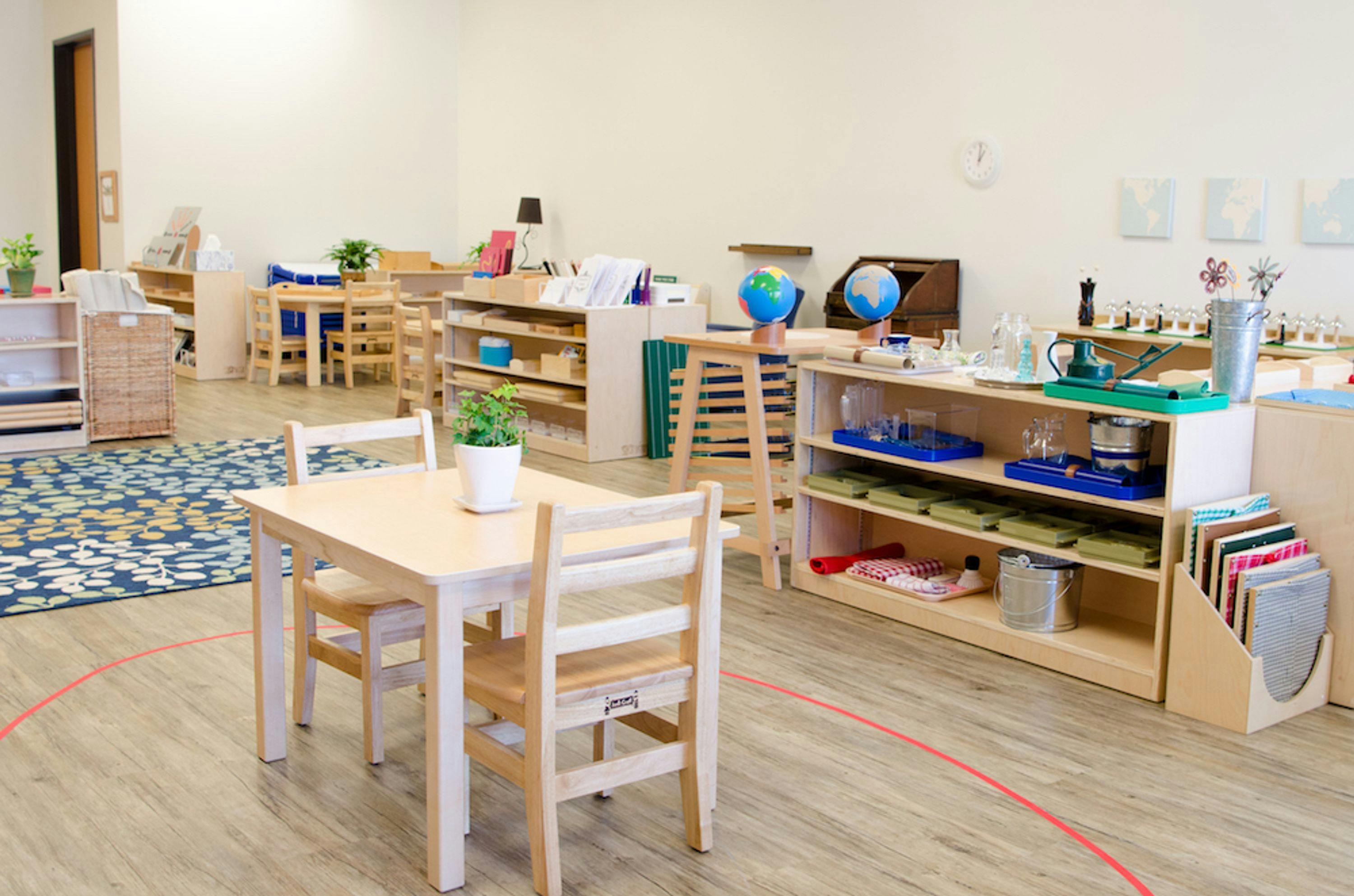Staying the Cycle: The Importance of the Mixed-Age Classroom
Continuing your child's Montessori experience through elementary ensures coalescing of skills in reading, writing, and presentation
Kelli Harran
One of the things that makes Montessori so different from other educational experiences is the multi-age groupings in our classrooms. It is also why it is vital to complete the final year of each level for your child to fully benefit from the Montessori experience.
Compared to traditional classrooms, having an arrangement that includes a range of ages is more representative of society. After all, workplaces are made up of employees of all different ages, and younger workers learn from those who are more experienced. At the same time, less experienced staffers sometimes have a different, valuable, untainted perspective to offer. Senior personnel have the opportunity to be leaders and mentors. Departments and teams must learn to collaborate and problem solve — all things Montessori children are especially well-equipped to do!
Dr. Maria Montessori spoke of planes of development with certain psychological characteristics associated with each plane. Birth to 6 marks the first plane; the second plane spans the elementary years from 6 to 12; and 12 to 18 marks the third plane of adolescence. Montessori further divided some of those planes into sub-planes. During the first half of each plane is the greatest transformation. The second half is a continuum and refinement of development. Children are grouped together according to these developmental stages.
The three-year cycle of Children’s House, for example, is sometimes described using the analogy of building a house. In the first year, a solid foundation is laid. The walls go up in the second year. And then finally, the roof is attached. With each phase of construction, the house is further refined and becomes a home, fully formed with inner spaces and an outer aesthetic, unique style, and character.
Your child has been benefiting from their Montessori experience all along, but that final year of Children’s House and the third year and sixth year of Elementary offer something even more profound. All the leadership skills they have been honing have the opportunity to blossom to their fullest. Children recognize a community need and fill it.
It is astounding to observe the growth of each child socially, emotionally, and academically in an environment that supports all of those facets. The social skills that develop from co-existing in community and working through conflict helps children enhance and polish their tools and social strategies. Children are nurtured emotionally through an evolving and deepening relationship with the classroom guide and a community that knows, understands and appreciates them — their gifts, quirks, and challenges. That explosion into reading that often happens toward the end of Children’s House was made possible by everything that came before it.
In a similar way, at the end of Elementary, children can articulate ideas on topics they have studied deeply with such ease, eloquence, and depth of understanding. All the research, writing, and presentation skills they have been developing for the past six years of Elementary coalesce. It is also one of the many reasons it is important to see each cycle to its completion. For the younger children in the community, it is inspiring for them to observe their older peers as they strive toward that culmination of skills and begin to cultivate their own voices.
Kelli Harran
Kelli Harran is the Director of Program Support at Higher Ground Education.
Sign up for our newsletter
Get started with our community today! Sign up for resources.
